Cut the cookie: digital advertising's overdue diet

Let’s face it: third-party cookies have always been a stop-gap solution, largely unfit for the task of long-term user tracking and targeting. Increased emphasis on consumer privacy, led by GDPR and the impending California Consumer Privacy Act (CCPA), has only accelerated wider acknowledgment and acceptance of this well-kept secret that most of the people in ad tech knew all along.
Already, the main browsers have either stopped cookie use altogether or at least restricted it significantly, while the fall of the cookie was a key talking point at this year’s Dmexco.
So as we approach the next decade, the collapse of the third-party cookie seems inevitable and imminent, begging the question: what should digital doomsday preppers be doing to future proof their advertising investments and media businesses?
Start by setting smarter KPIs
Third-party cookie-based tracking has trained marketers to become accustomed to attributing performance to users and audiences, rather than media and outcomes. But knowing which user clicked is not as important as knowing which message or environment got them to click, or what actions they took on a webpage after the click occurred. By resetting marketer expectations to focus on metrics like brand engagement, landing page conversions, and on-domain actions, marketers can start to gain visibility into the performance of direct media investment, using first-party cookies and on-domain user behaviour tracking without the need for third-party cookies.
Measure what matters
Multi-touch attribution has earned a premium spot in the advanced marketing toolkit, but what meaningful actions can be taken with this data? How can we adjust strategies with a fractional attribution model? By eschewing measurement tactics that rely on third-party cookies, marketers have the opportunity to re-evaluate how they invest their media and assess performance. Real-world business outcomes, like sales, store visits, test drives and completed applications can all be achieved - and measured - without using third-party cookies. And isn’t knowing business lift driven by media investment more meaningful than exposure-to-conversion reporting anyways?
Bring publishers and advertisers closer together
Publishers understand their audiences and can group these site visitors into valuable segments for media buyers. Similarly, advertisers understand who their customers are and why they engage with their brand. The current programmatic trading paradigm, which relies on third-party cookies as its currency, is designed to push publishers and advertisers apart, while ad tech handles the important task of cookie matching and audience segment creation.
But if ad tech isn’t enabling unique publisher audiences to be activated on good first-party advertiser data, then it isn’t doing its job. Activation of audiences can be done in a more persistent and privacy-friendly way when agencies can go direct-to-publisher and not rely on a half dozen third-party syncs in between. By facilitating principals - the owners of the data, relationships, and budgets - and media owners to connect directly with each other, ad tech can re-empower the largest value creators in the ecosystem while carving out a meaningful position for itself in the supply chain.
Rethinking digital metrics
The above scenarios require the workings and measurement of digital advertising to be fundamentally rethought. It is the job of the technology providers who power the tools and platforms that enable these buying, targeting, and measurement tactics to also start the difficult work of finding technology-led solutions to unravel the industry’s over-reliance on cookies.
For starters, the programmatic advertising process yields details of where ads appear such as page content, device, operating system and browser. Free of personally identifiable information (PII), these can be used to create audience segments and monitor campaign effectiveness in a way that is as useful as third-party cookies.
Contextual targeting, currently undervalued and under-explored, is poised to re-discover a premium place among brand advertisers keen to have their campaign appear in the right place to reach their target audience. Recently, we’ve seen major investments from private equity firms, agency holding groups, and major tech players in contextual targeting offerings.
With historical industry efforts focused on optimising cookie-dependent machine-learning models, there is now a major opportunity for ad tech providers to leverage machine-based approaches to build cookie-less models that predict audience interests and behaviours, exposure frequency and conversion potential by context category. Google recently announced movements in this direction, using machine-learning models to create a privacy-safe approach to managing ad frequency.
Astute readers may notice that ID consortiums (open identity frameworks that can be used to target audiences) are not included in this analysis. While these are good initiatives, most are built around consolidating third-party cookies, which feeds our collective sweet tooth and doesn’t solve the longer-term industry challenge.
A future without cookies
The digital advertising industry’s enforced reduction of cookie consumption won’t be comfortable. However, I would anticipate that the companies currently focused on innovating for a future that doesn’t rely on the third-party cookie will be healthier businesses for it, while also delivering on the promise of performance for advertisers, yield for publishers, and privacy for consumers.
Source: Tim Conley (Iponweb), The Drum


